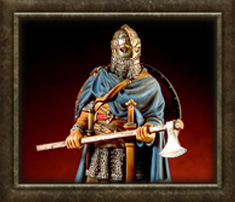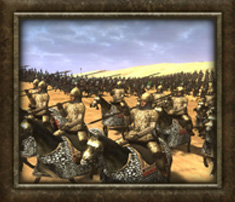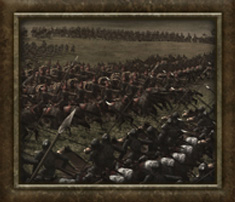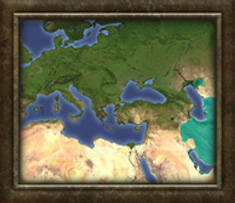




About
Purpose of this site is to illustrate famous units, army formations, tactics and great empires of ancient and medieval times. We take a look at the most effective military units and the equipment they used as well as study the formations they operated in and their strengths and weaknesses. Great empires were not forged in one day and often required great leaders who lead their armies in difficult and long lasting campaigns to conquer the world. Armies of the ancient world ranged from a mob of militia to professionally trained and organized armies. We find out which empires fielded the best armies and why these armies excelled.
Units
Through ancient times to medieval times many famous units have made themselves noted in battles. Everyone knows roman legionaries and knights of the medieval age. Something gave birth to these units and they developed more during the wars they fought before they reached perfection. Yet all of them have faced even a superior enemy and become obsolete. This section shows the development of various units such as cataphracts of the eastern world as well as the huscarls of the Viking era.
Formations
Cohesion and discipline are the key elements of any military unit. Men were organized and trained to fight in accordance to their purpose and equipment. In ancient time professional units were formed into Greek phalanxes and Roman legionary cohorts as well as barbarian mobs. In medieval era Mongols formed their armies of thousands into squadrons of 10 cavalrymen while Byzantine armies organized their cavalry into a huge wedge of 500 cataphracts. Formation section will introduce different formations of units and also formations of whole armies.
Tactics
Simply attacking enemy with a huge mass of men often ends up in a disaster. Trained professional soldiers in cohesive units are difficult to defeat and when there are many of these professional units tactics of an army become the key to victory. History shows many times how numerically inferior force can defeat a larger enemy force. Many times French Chevaliers have been defeated by militia with clubs and English longbows. Mongols on the other hand have decimated much larger forces with feint retreats. Tactics section gives u and insight how small units operate tactically and how large armies use tactics to gain victory.
Factions
Factions section takes a look at how huge empires were created and how they fell apart. History knows great conquerors, but it is very often that those empires fall into pieces after the conqueror who holds it together dies. Not all empires have fallen because of a power vacuum, but because on barbarian invasions. History knows many times when thousands of roaming barbarians have burned down cities and just moved on. It is not until the high and late medieval age that many modern European countries are born and start to form their identity.